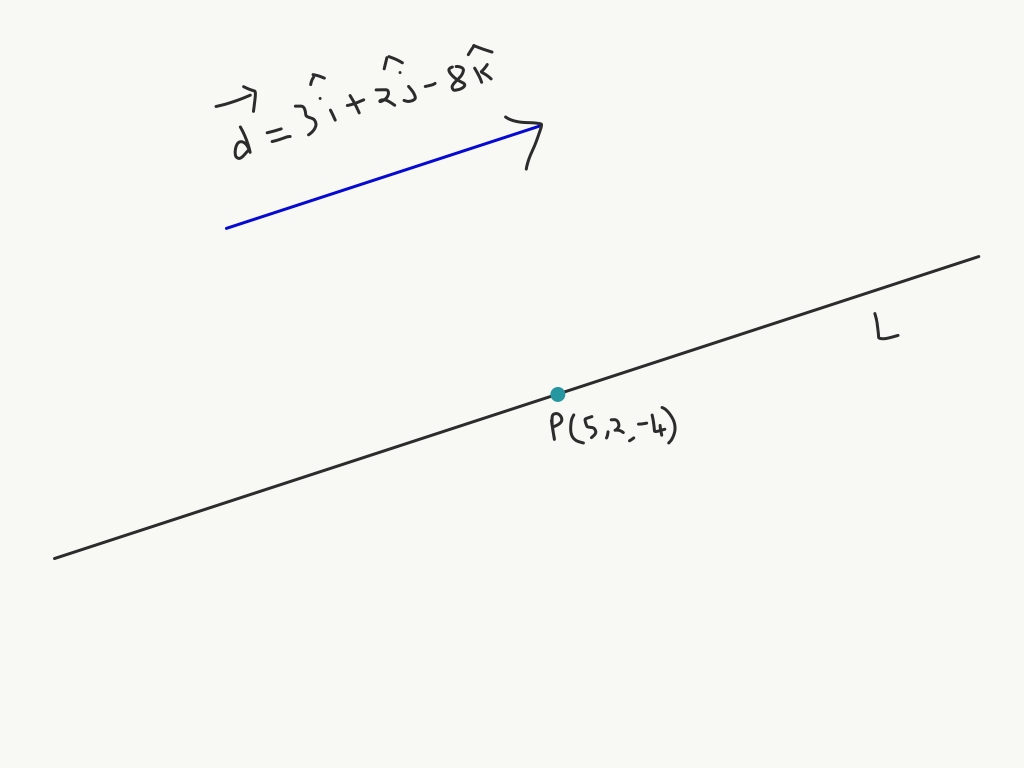Geogebra - Centroid

In this short post, I will be showing a three step process to constructing the Centroid in Geogebra - an online graphing calculator. Centroid is the point where the medians of a triangle intersect. A median is a segment connecting a vertex of a triangle to the midpoint on the opposite side. Read more : Medians and the Centroid of a Triangle Step 1 : Constructing a triangle. For the sake of this tutorial, I will be constructing any arbitrary triangle using the Polygon tool. Polygon tool is located under the Triangles section in the shapes menu. Select this tool simply by a left mouse click, or a single tap on screen. The name of the selected tool will appear as bold to indicate that the tool has been selected. On the graphing panel to the right, click on any three spots to mark the locations of the three vertices of your triangle. Click on the first vertex again to complete the construction of a three sided triangle. To know about how to...


